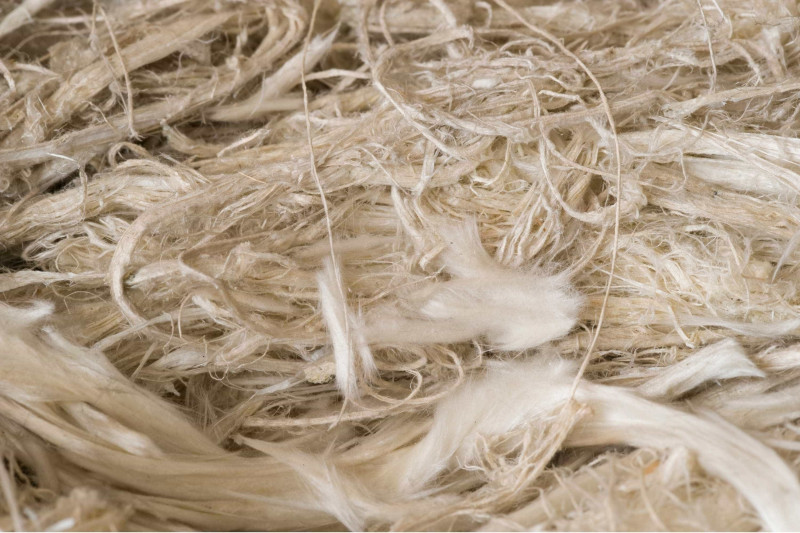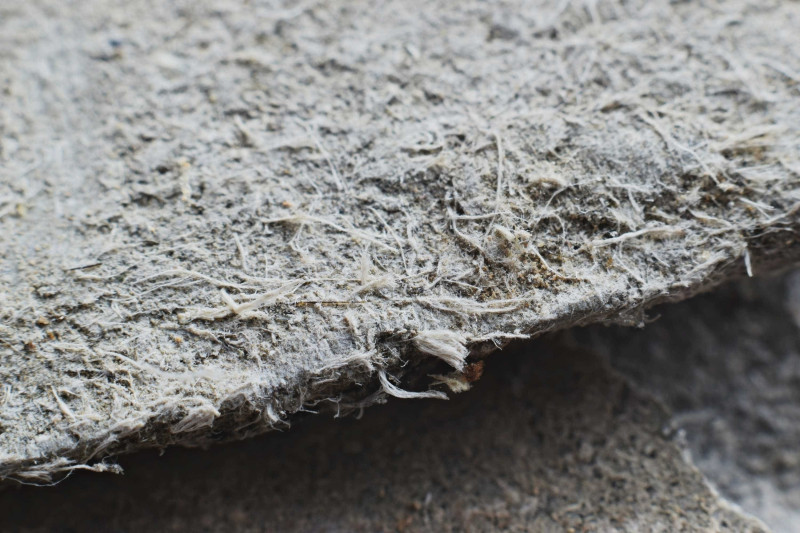Asbestos information
Almost all residents of Western Australia are at risk of asbestosis and mesothelioma if asbestos is handled incorrectly, highlighting the importance of correct asbestos removal.
In Western Australia, it is estimated that over 90% of all houses built before 1984 contained asbestos material and it was not until 31 December 2003 that it became illegal to import, store, supply, sell, install, use or re-use asbestos in Australia.
Asbestos can be found in over 3000 different products, with a variety being found within Perth homes and businesses.
Asbestos was widely considered a cheap, durable product, which was used extensively in the building industry.

